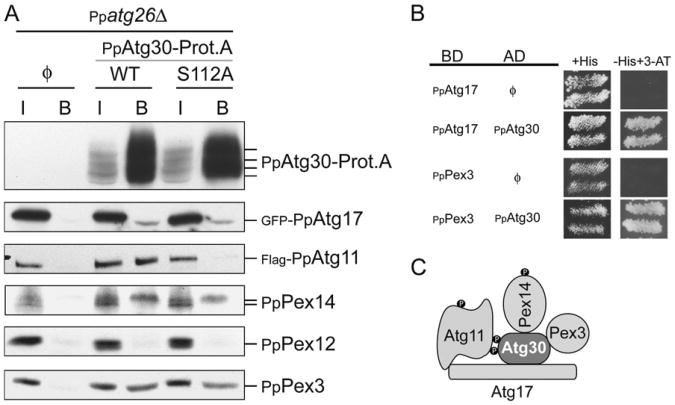Figure 6. PpAtg30 Interacts with PpPex3, PpPex14, PpAtg11, and PpAtg17.
(A) ProteinA affinity isolation was used to purify PpAtg30-Prot.A. The background strain isPpatg26Δ. The strains used are: without PpAtg30-Prot.A (ø) [SJCF765], with PpAtg30-Prot.A (WT)[SJCF767], and with PpAtg30S112A-Prot.A (S112)[SJCF766]. The antibodies used are indicated and the PpAtg30-Prot.A has an extra tag (CBP), used for detection on immunoblots. I, Input; B, bound.
(B) The interaction by yeast two-hybrid assays was determined by growth on medium lacking histidine supplemented with 15-100 mM 3-aminotriazole(3-AT). Strain AH109 was transformed with plasmids containing the binding domain (BD)-fused to PpAtg17 or PpPex3 proteins and the activation domain (AD)-fused to PpAtg30 as indicated.
(C) Summary of the interaction domains of PpAtg30, PpPex3, PpPex14, PpAtg11, and PpAtg17. • indicates phosphorylation.

